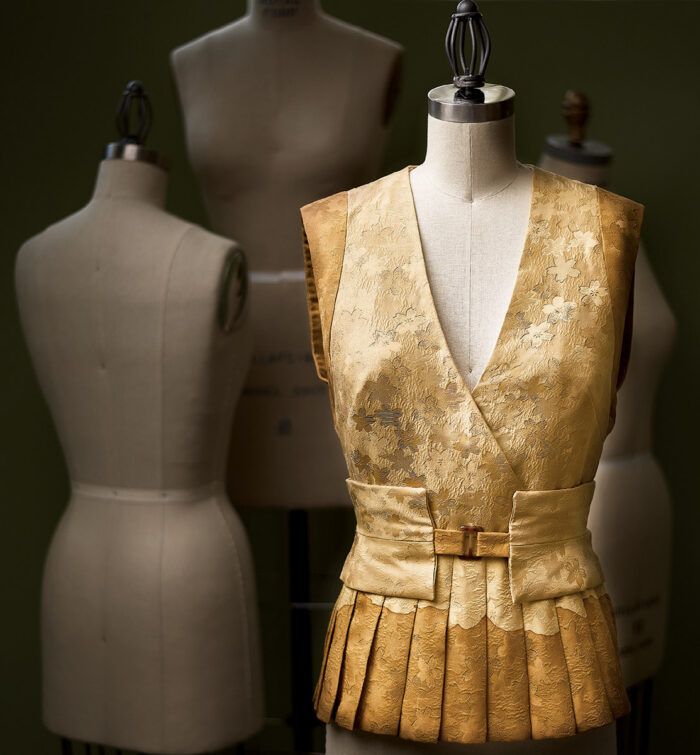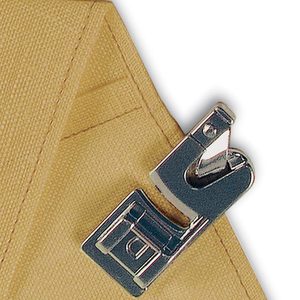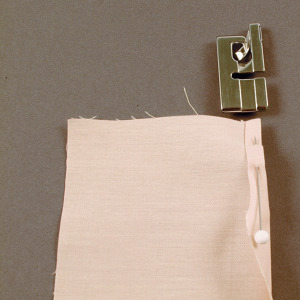Success with Narrow Kimono Fabric
A couture approach to pattern and technique planning
In the United States, most fabrics are 44 inches to 60 inches wide. Pattern companies plan fabric-cutting layouts based on these widths. In contrast, for centuries, Japanese kimono have been constructed from 14-inch-wide lengths of fabric. The narrow kimono fabric width is part of the kimono design and limits cutting most vertical seams. Two lengths each are used on the front, back, and sleeves. All the fitting turns excess fabric to the inside, and the hem allowance can be wide enough to line the kimono’s skirt. The fabric’s woven, printed, or embroidered design is planned for perfect placement—even beautifully centered through a center-back seam.
Limited Material
A number of years ago, I attended a sewing fair and the star presenter was the late Koji Wada, from the legendary Kasuri Dyeworks, then in Oakland, California. The proprietor was an expert on Japanese textiles. The lecture he gave and the examples he showed were fascinating. He had brought along kimono fabrics to sell. Some of them were from taken-apart kimono, but the one I purchased, a beautiful two-color jacquard weave, had never been used. There wasn’t a lot of it, but I figured I could do something lovely with it, sooner or later.
I had two pieces—the larger at 4-1/2 yards, the smaller just over a yard. The color change followed the lengthwise grain, like a border print. It’s certainly not uncommon to have less than enough fabric, and it’s challenging to develop ways to work around limitations. I’ll share the thought and sewing process I followed to finish a garment that features this textile to advantage.
Pattern selection
I pictured a blouse with bronze on one side and gold on the other—but the two colors on the fabric were not even—there was more of the…
Start your 14-day FREE trial to access this story.
Start your FREE trial today and get instant access to this article plus access to all Threads Insider content.
Start Your Free TrialAlready an Insider? Log in


































Log in or become a member to post a comment.
Sign up Log in